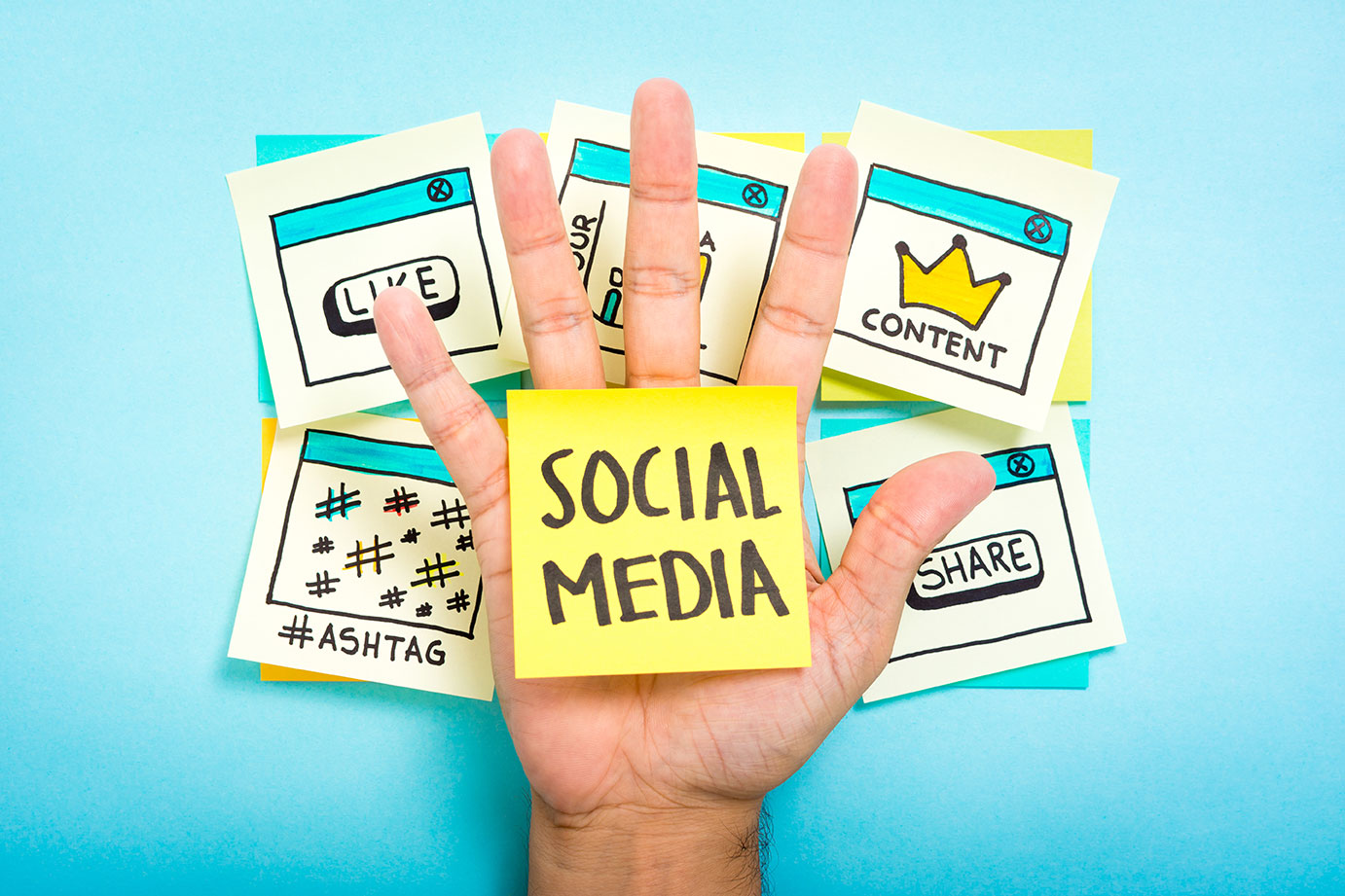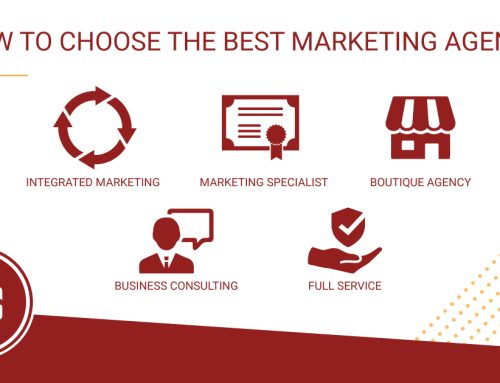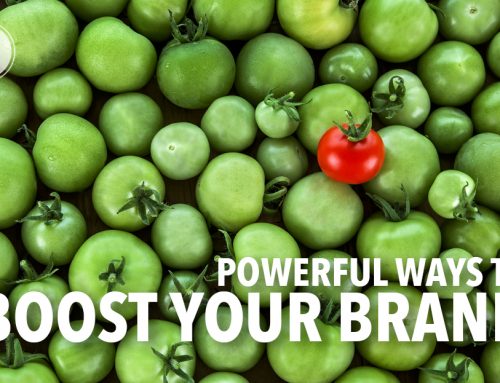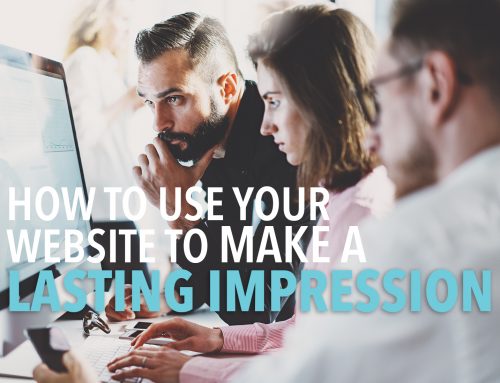Social Media
The platforms of social media chosen to use to reach a market or current clients will vary depending on what line of work you are in. All platforms can be successfully used to reach different types of markets but not all platforms should be used for every market.
Facebook in a pretty versatile social media platform that can successfully reach a broad amount of markets. From local to international, theres really no one you can not reach via Facebook.
What you need to know:
- Posts, mainly graphics, need to be optimized specifically for Facebook so they show up properly on desktop + mobile versions.
- There are two types of paid Facebook advertising: boosting posts and paid ads.
- Post engagement should be a top priority. The more likes, shares and comments on a post, the larger amount of people your content/post will reach.
- Timing of posts and content are two of the most important things that contribute to the success of your efforts.
Twitter is a good way to reach people with minimal content writing. Because you have less characters to get your point across, what you write becomes even more important.
What you need to know:
- Twitter is a great platform to interact with local businesses, clients and other businesses you are associated with. Do this by re-tweeting, using hashtags to spread awareness and using the @ in front of their handle to speak specifically to them.
- Using the same hashtags and others’ handles are a great way to join conversations and make your voice heard and respond to tweets that relate to your industry.
- Timing and being involved in other tweets/conversations are two of the best things you can do to raise brand awareness for yourself or company.
LinkedIn is a more professional way of reaching and interacting with other potential clients, industry leaders and give advice in your line of work.
What you need to know:
- Create a great profile that is simple and to the point starting with a professional picture and ending with easy to read and understand content in your overview.
- Join groups to read what others have to say, share content and join the conversation.
- Take your interactions to the next level by answering questions from other professionals in your field.
- Share you blog posts via your LinkedIn profile.
Pinterest & Instagram
These two platforms can be great for certain industries when used properly. They are less content, timing and planning related and more for inspiration, information sharing and photo sharing.
Pinterest is the leader of inspiration for many professionals, not just crafts and recipes. You can find everything from informative articles and blogs, to creative inspiration and marketing tips. Creating boards and adding content, or pins, to them that pertain to your industry is a great way to share knowledge and inspire others. You can also pay to advertise on Pinterest. By promoting your pins, it will put your content in front of the right people who are searching or interested in something similar.
Instagram is a photo sharing platform that is great for showing your clients and market what you are up to. It’s a great way to connect with your clients and make your company seem more personable. Being more personable is becoming more and more popular in all industries to help them show their markets and clients what makes them stand apart from their competitors.
These are just a few of the most popular social media platforms that can lead to an increase in following, clients and eventually sales if utilized properly.
Be sure to follow Simpatico on our social media via the following links:





